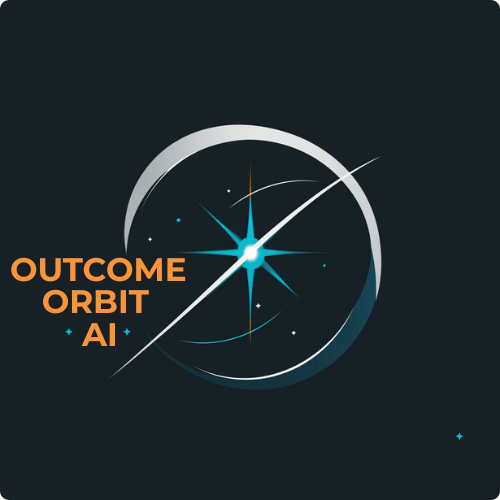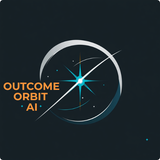Your Competition Doesn't Want You to Read This: Why Being "Behind" in Tech Is Your Biggest AI Advantage

Listen, I get it. Another AI article. Another "expert" telling you that you need to catch up or get left behind. But here's what nobody's talking about—and what a groundbreaking study from Nature just confirmed—your resource constraints aren't holding you back. They're your secret weapon.
I was sitting across from Mike last month (you might remember him from our post about overthinking AI). He runs a successful commercial cleaning company here in Texas, and he said something that stuck with me: "Everyone keeps telling me I need to upgrade everything before I can use AI. But I don't have enterprise money."
Turns out, Mike's instinct was dead right. And science just backed him up.
The Study That Changes Everything
Research just published in Nature examined 386 SMBs in challenging industries—mining, textiles, manufacturing. These aren't Silicon Valley startups. These are businesses with real constraints: limited budgets, aging equipment, and intense pressure.
The shocking finding? Companies with BIGGER digital divides—more constraints, fewer resources—showed STRONGER improvements from AI implementation.
The businesses that were "behind" actually got more value from AI than their well-funded competitors.
Why? Every limitation forces you to be smarter about AI adoption. While big companies throw money at problems, you find solutions that actually work.
Three Ways We Help You Turn Constraints Into Competitive Advantages
1. Start Where You Are
The research calls it "sensing capabilities"—using what you already know to guide AI adoption. You don't need a data warehouse. You need to understand your biggest pain points.
Typical scenario: HVAC company missing 40% of after-hours calls. Instead of upgrading their entire phone system, they could add an AI Voice Agent to their existing number. Expected result: zero missed calls. That's a 40% revenue opportunity captured with zero infrastructure change.
2. Fill Gaps, Don't Replace What Works
The study found AI works best when integrated with existing capabilities. Keep what works, automate what doesn't.
Typical scenario: Commercial cleaning company with a solid crew but chaotic scheduling. Rather than hiring office staff, automated scheduling and customer communication could help them book 30% more jobs with the same team size. No new hires, just better coordination.
3. Constraints Force Better Outcomes
The killer insight: "limitations force more creative, outcome-focused AI implementations."
Companies with unlimited budgets build solutions looking for problems. You're forced to solve problems that actually matter.
Typical scenarios:
- Marine service company could automate maintenance alerts → targeting 25% better client retention
- Local plumber could add Voice AI scheduling → potentially saving 10 hours weekly
- These aren't moonshots. They're Tuesday problems with Wednesday solutions.
The Truth Nobody Admits
The study confirmed it: businesses solving specific problems within real constraints see the biggest wins.
You don't need to be Amazon. You need to be you, but better.
That gap between where you are and where enterprise companies are? That's exactly where AI creates the most value.
Your Move
Your competition is either ignoring AI entirely or throwing money at it hoping something sticks. Neither works.
What works is starting where you are, solving real problems, and using AI to multiply what you already do well.
Do this week:
- Identify ONE problem that, if solved, would change your business
- Stop thinking about AI as tech—think about it as leverage
- Map out what a small test could look like
Growth, Automated.
Every constraint you face isn't a weakness. According to the science, it's exactly the position you want to be in.
Ready to turn your constraints into competitive advantages? Let's identify one problem we can solve this month. Not next quarter. This month.
Because at Outcome Orbit AI, if it doesn't deliver measurable value, we don't recommend it.
P.S. - Still skeptical? Good. The AI space is full of empty promises. But this isn't about promises. It's about real companies getting real results. The science backs it up, but more importantly, the results do too.





